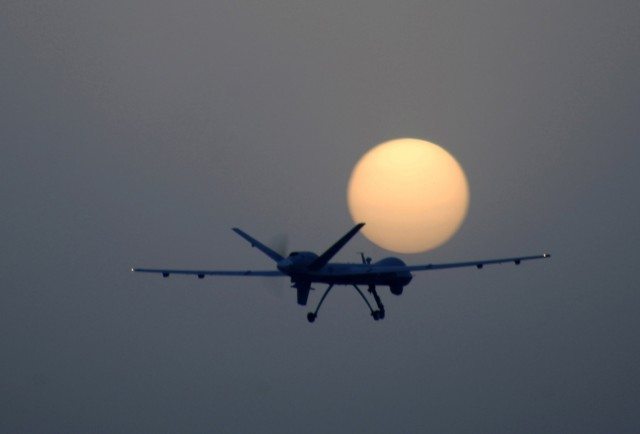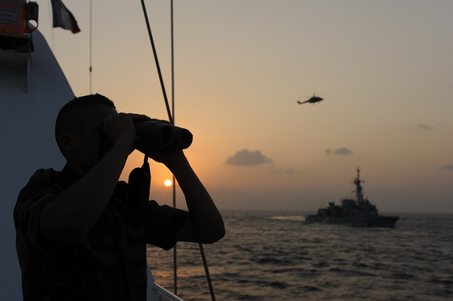Success on the battlefield requires warfighters to know as much as possible about themselves, their surrounding environment and the potential threats around them. Dismounted infantry squads in particular risk surprise and loss of tactical advantage over opponents when information is lacking.
While squads use many different technologies to gather and share information, the current piecemeal approach doesn’t provide the integrated, real-time situational awareness needed for individual warfighters and squad leaders to anticipate situations and effectively maneuver to positions of advantage.
Providing this capability would provide dismounted squads with overwhelming tactical superiority over potential adversaries similar to what warfighters enjoy at the aircraft, ship and vehicle levels.
To help address these challenges, DARPA has issued a Request for Information (RFI) about technologies that can help lead to digitization of dismounted squads. By digitization, DARPA means collecting sensor data that would provide much more detailed and actionable real-time information about a squad’s condition, surroundings and adversaries.
It is believed that digitization could provide squads of 9-13 members and their unmanned assets with enhanced tactical awareness and advantage up to a mile away, in both urban and open-air environments.
“Imagine a squad moving through a complex urban environment that has heavy threat activity,” said Army Lt. Col. Joseph Hitt, DARPA program manager.
“The squad members don’t know it, but a group of hostiles is waiting 100 meters ahead of them in an alley. Today, the squad must rely heavily on line of sight to identify the threat-which would bring them very close to the attackers, affording squad members little time and space to react.”
“With digitization, the squad’s long-loiter Unmanned Aerial Vehicle (UAV) flying overhead could detect those hostiles, alert the squad and automatically trigger the squad’s quadruped robot to investigate,” Hitt continued.
“Entering the alley, the robot could automatically inform all squad members via visual and other cues about the hostiles’ composition, location and weapon types. Moreover, the robot could check biometric databases to determine if any hostiles are known threats. These crucial insights would provide the squad time to maneuver to a position of advantage and safely take appropriate action.”
To deliver these capabilities, DARPA seeks innovative technologies in the following areas:
- Sensing technologies for warfighter health and operational status
- Absolute or relative geolocation technologies, particularly for global positioning system (GPS)-denied areas, with accuracy comparable to that of current GPS technologies
- Non-optical and distributed sensing solutions
- Communication network solutions
- Approaches to tactical information synthesis and delivery
Proposed technologies must meet the following criteria:
- Ensure all hardware, power and processing capabilities are integrated into equipment that squad members and the squad’s complement of ground and air unmanned systems can carry
- Minimize system size, weight and power (SWaP)
- Inherently enable real-time action by squads
“We’re looking to leverage emerging technologies, integrate and optimize them through rigorous experimentation, and deliver the decisive technological advantage dismounted squads deserve,” Hitt said. “We’re reaching out to the performer community to see what game-changing technologies they could contribute.”











